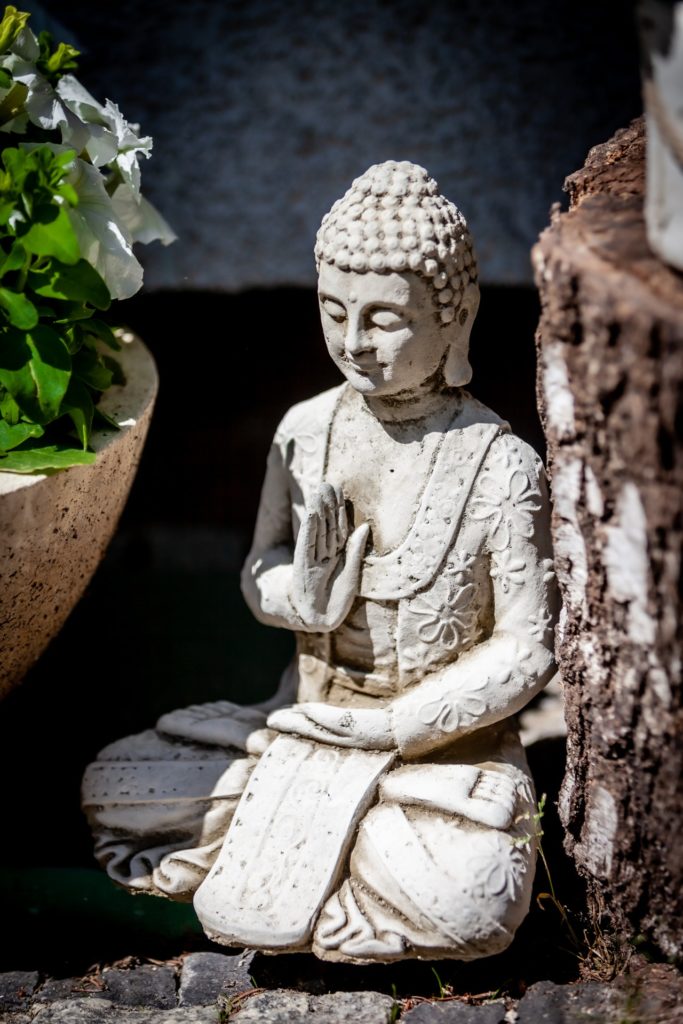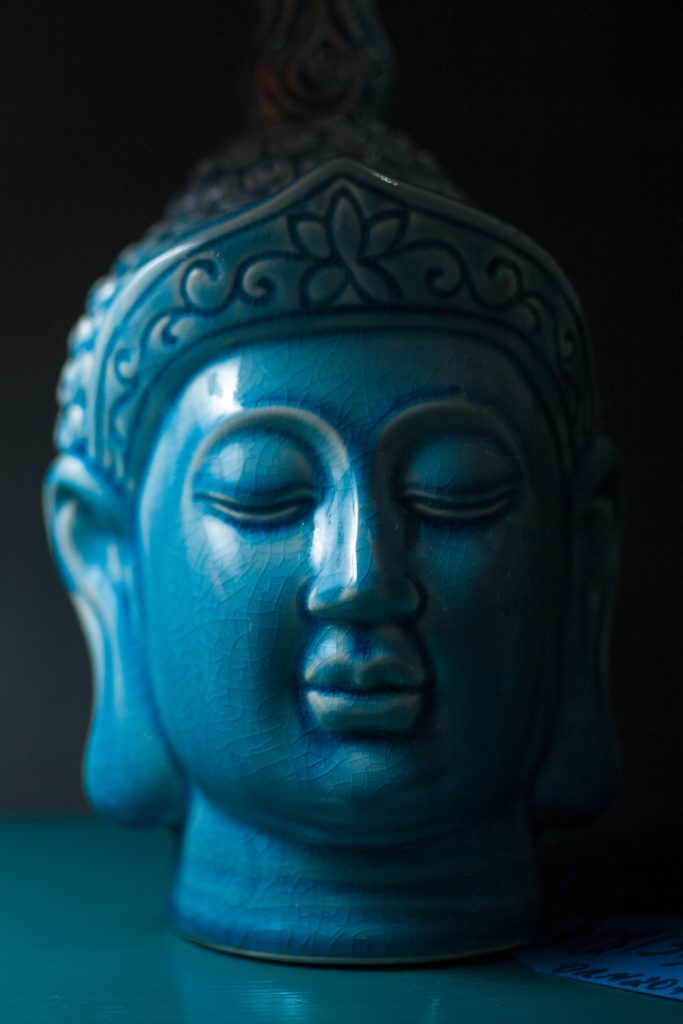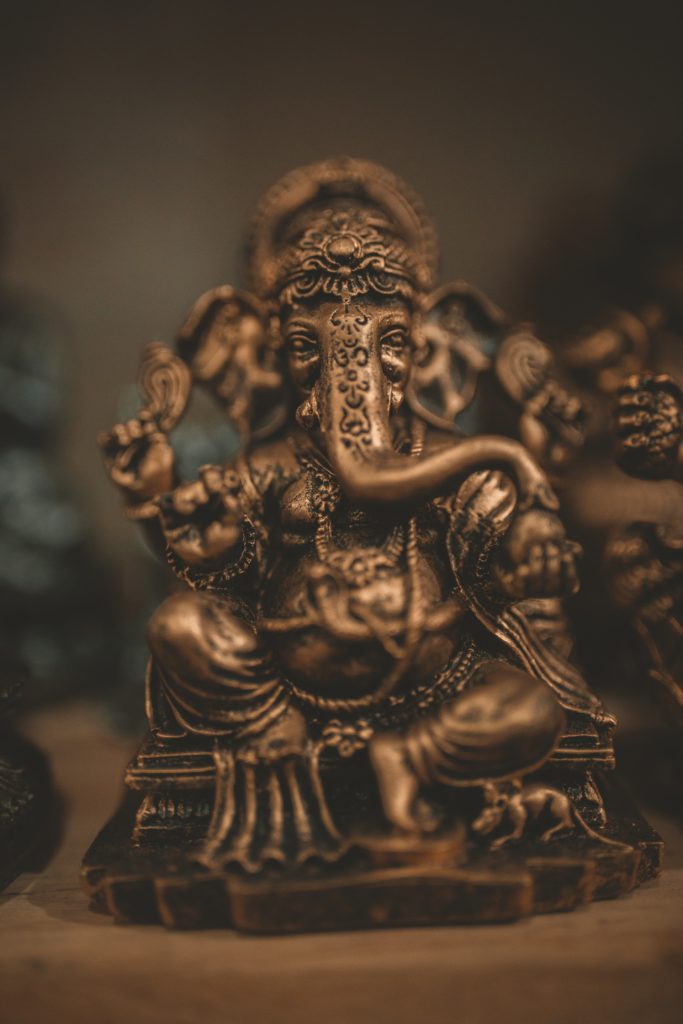
Samsara
Samsara means “wandering” or “world”, with the connotation of cyclic, circuitous change. It refers to the theory of rebirth and “cyclicality of all life, matter, existence”, a fundamental assumption of Buddhism, as with all major Indian religions. Samsara in Buddhism is considered to be dukkha, unsatisfactory and painful, perpetuated by desire and avidya (ignorance), and the resulting karma.
The theory of rebirths and realms in which these rebirths can occur is extensively developed in Buddhism, in particular, Tibetan Buddhism with its wheel of existence (Bhavacakra) doctrine. Liberation from this cycle of existence, nirvana, has been the foundation and the most important historical justification of Buddhism.
The later Buddhist texts assert that rebirth can occur in six realms of existence, namely three good realms (heavenly, demi-god, human) and three evil realms (animal, hungry ghosts, hellish). Samsara ends if a person attains nirvana, the “blowing out” of the desires and the gaining of true insight into impermanence and non-self reality.

Rebirth
Rebirth refers to a process whereby beings go through a succession of lifetimes as one of many possible forms of sentient life, each running from conception to death. In Buddhist thought, this rebirth does not involve any soul, because of its doctrine of anatta (Sanskrit: anātman, no-self doctrine) which rejects the concepts of a permanent self or an unchanging, eternal soul, as it is called in Hinduism and Christianity. According to Buddhism there ultimately is no such thing as a self in any being or any essence in anything.
The Buddhist traditions have traditionally disagreed on what it is in a person that is reborn, as well as how quickly the rebirth occurs after each death. Some Buddhist traditions assert that “no self” doctrine means that there is no perduring self, but there is avacya (inexpressible) self which migrates from one life to another. The majority of Buddhist traditions, in contrast, assert that vijnana (a person’s consciousness) though evolving, exists as a continuum and is the mechanistic basis of what undergoes rebirth, rebecoming, and re-death. The rebirth depends on the merit or demerit gained by one’s karma, as well as that accrued on one’s behalf by a family member.
Each rebirth takes place within one of five realms according to Theravadins, or six according to other schools – heavenly, demi-gods, humans, animals, hungry ghosts and hellish.
In East Asian and Tibetan Buddhism, rebirth is not instantaneous, and there is an intermediate state (Tibetan “bardo”) between one life and the next. The orthodox Theravada position rejects the wait and asserts that rebirth of a being is immediate. However, there are passages in the Samyutta Nikaya of the Pali Canon that seem to lend support to the idea that the Buddha taught about an intermediate stage between one life and the next.

Karma
In Buddhism, karma (from Sanskrit: “action, work”) drives samsara – the endless cycle of suffering and rebirth for each being. Good, skillful deeds (Pāli: kusala) and bad, unskilful deeds (Pāli: akusala) produce “seeds” in the unconscious receptacle (ālaya) that mature later either in this life or in a subsequent rebirth. The existence of karma is a core belief in Buddhism, as with all major Indian religions, it implies neither fatalism nor that everything that happens to a person is caused by karma.
A central aspect of the Buddhist theory of karma is that intent (cetanā) matters and is essential to bring about a consequence or phala “fruit” or vipāka “result”. However, good or bad karma accumulates even if there is no physical action, and just having ill or good thoughts creates karmic seeds; thus, actions of body, speech or mind all lead to karmic seeds. In the Buddhist traditions, life aspects affected by the law of karma in past and current births of a being include the form of rebirth, the realm of rebirth, social class, character and major circumstances of a lifetime. It operates like the laws of physics, without external intervention, on every being in all six realms of existence including human beings and gods.
A notable aspect of the karma theory in Buddhism is merit transfer. A person accumulates merit not only through intentions and ethical living but also is able to gain merit from others by exchanging goods and services, such as through dāna (charity to monks or nuns). Further, a person can transfer one’s own good karma to living family members and ancestors.
